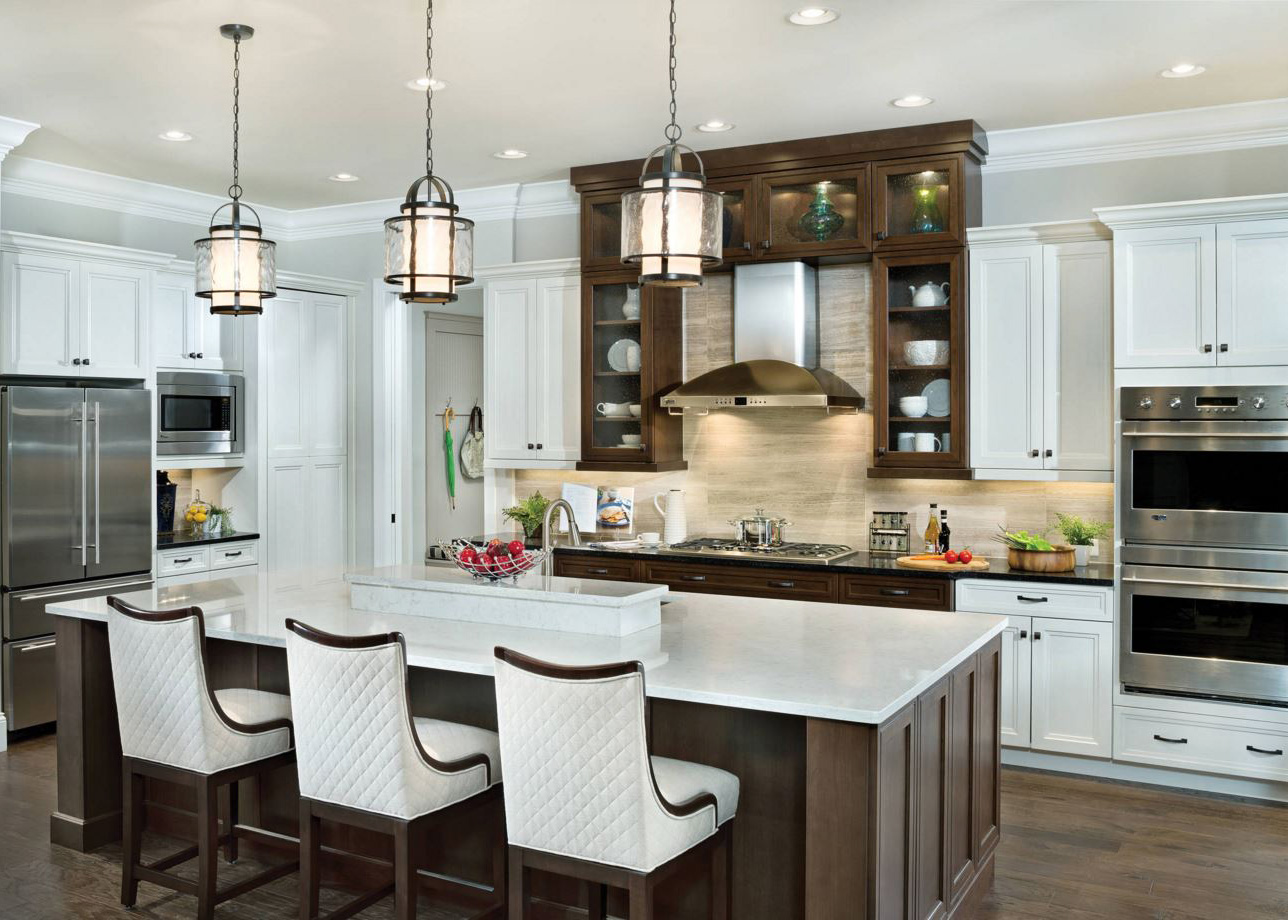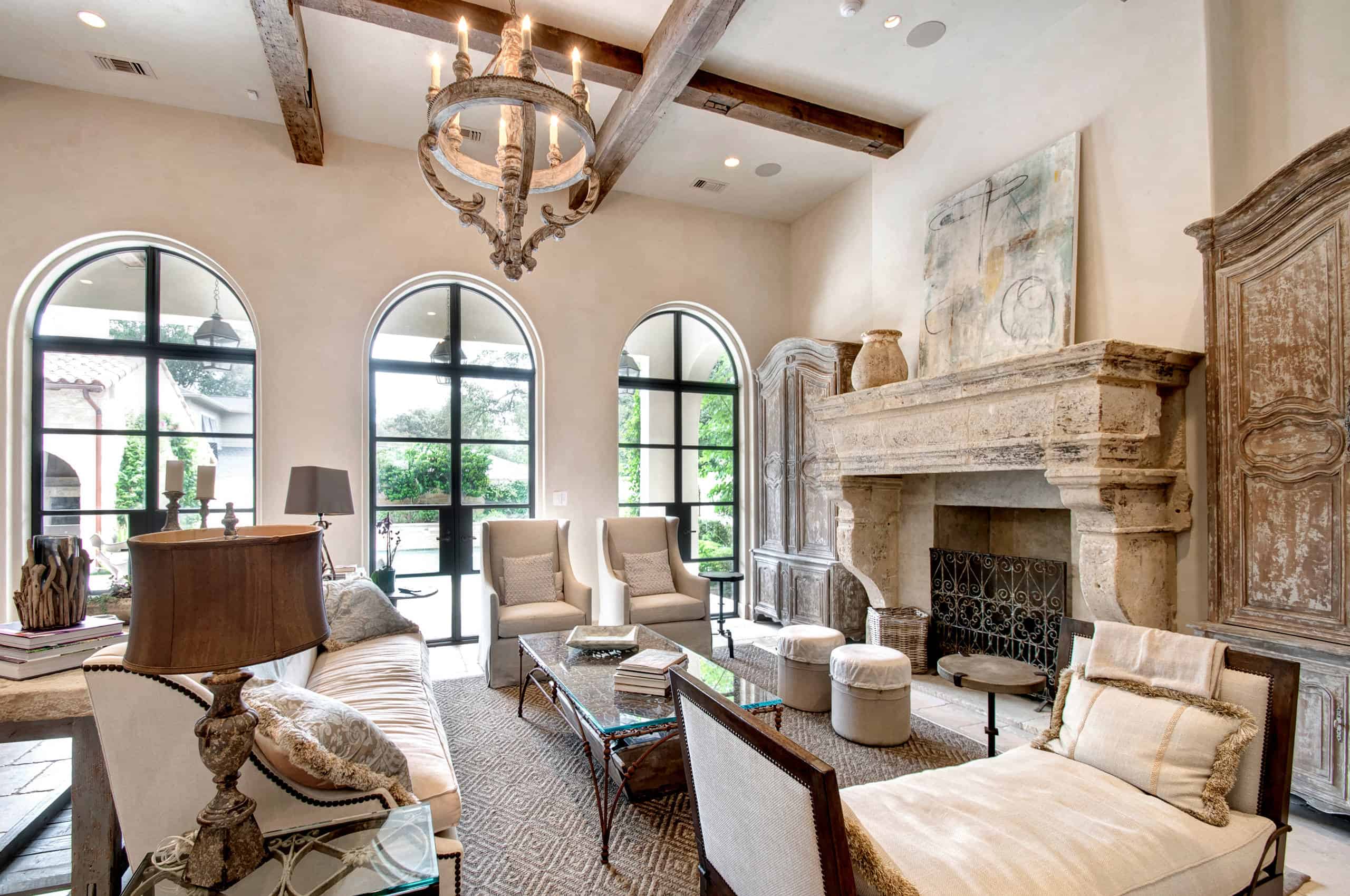Lighting is a crucial element in creating a cozy and inviting living room. Not only does it provide the necessary illumination, but it also sets the mood and enhances the overall ambiance of the space. Here are 10 tips to help you achieve the perfect living room lighting for a warm and welcoming atmosphere.Lighting Tips for a Cozy Living Room
1. Utilize natural light: Natural light is the best source of lighting for any room. Keep your windows unobstructed and use sheer curtains to allow natural light to flow in and brighten up your living room. 2. Layer your lighting: A combination of ambient, task, and accent lighting creates depth and dimension in your living room. Use a mix of floor lamps, table lamps, and overhead lights to achieve the perfect balance. 3. Install dimmers: Dimmers allow you to adjust the level of light in your living room according to your needs and mood. They also help save energy and prolong the lifespan of your bulbs. 4. Choose the right bulbs: Opt for LED or CFL bulbs as they are more energy-efficient and have a longer lifespan compared to traditional incandescent bulbs. 5. Add a statement piece: A chandelier or a unique pendant light can serve as a focal point in your living room and add a touch of elegance and style to the space. 6. Use mirrors strategically: Mirrors not only make your living room appear larger but also reflect light and create a brighter and more spacious atmosphere. 7. Consider the color temperature: The color temperature of your lights can affect the overall ambiance of your living room. Warm white lights create a cozy and intimate atmosphere, while cool white lights are more suitable for a modern and minimalist space. 8. Don't overlook task lighting: Task lighting is essential for activities such as reading, working, or playing games in your living room. Consider adding a reading lamp or a desk lamp for specific tasks. 9. Incorporate natural elements: Introducing natural elements such as wood, bamboo, or woven materials in your lighting fixtures can add a touch of warmth and texture to your living room. 10. Don't be afraid to mix and match: Experiment with different types of lighting and styles to find the perfect combination for your living room. Mixing and matching can add visual interest and make your space feel more dynamic.10 Living Room Lighting Ideas to Enhance Your Space
Creating the perfect lighting for your living room can be a challenging task, but with a few tricks, you can achieve a well-lit and cozy space. 1. Use multiple light sources: Avoid relying on one overhead light source and instead, use a variety of lighting fixtures to create a layered and balanced effect. 2. Choose the right size: Make sure to consider the size of your living room when choosing lighting fixtures. A small room can feel overwhelmed with a large chandelier, while a large room may need more than one light source. 3. Consider the purpose of your living room: The type of lighting you need will depend on how you use your living room. If it's primarily a space for relaxation, then soft and warm lighting will be more suitable. If it's a space for work or entertaining, then brighter and task lighting will be necessary. 4. Don't forget about style: Lighting fixtures can also serve as decorative elements in your living room. Consider the style and design of your space when choosing lighting to ensure they fit seamlessly into the overall aesthetic. 5. Don't neglect the corners: Often, the corners of a living room can be overlooked when it comes to lighting. Adding floor lamps or table lamps in these areas can help fill in any dark spots and add more dimension to the space.Tricks for Creating the Perfect Living Room Lighting
Choosing the right lighting for your living room can seem overwhelming, but by considering a few key factors, you can make the process easier. 1. Determine the function of your living room: As mentioned previously, the purpose of your living room will play a significant role in the type of lighting you need. Consider the activities that take place in the room and choose lighting accordingly. 2. Consider the size and layout of your living room: The size and layout of your living room will also impact the type and placement of lighting fixtures. A large living room may need multiple light sources, while a small living room can benefit from a single, central light source. 3. Think about the overall design and style: Lighting fixtures should complement the design and style of your living room. If your space has a modern aesthetic, then sleek and minimalistic lighting would be more suitable. If your living room has a more traditional style, then ornate and decorative lighting may be a better fit. 4. Pay attention to the color temperature: As mentioned before, the color temperature of your lights can affect the ambiance of your living room. Consider the existing color scheme of your space and choose lighting with a color temperature that complements it. 5. Don't be afraid to seek professional help: If you're still unsure about choosing the right lighting for your living room, don't hesitate to seek advice from a professional designer or lighting specialist. They can help you create a lighting plan that suits your needs and enhances your space.How to Choose the Right Lighting for Your Living Room
Designing the lighting for your living room requires careful consideration to ensure it meets both functional and aesthetic needs. Here are some tips and tricks to help you create the perfect lighting design for your living room. 1. Start with a plan: Before purchasing any lighting fixtures, create a plan for your living room's lighting. Consider the different types of lighting you need and the best placement for each. 2. Utilize different types of lighting: As mentioned earlier, a combination of ambient, task, and accent lighting is necessary for a well-lit living room. Be sure to incorporate all three types of lighting in your design. 3. Choose fixtures of different heights: Varying the height of your lighting fixtures can add visual interest and create a more dynamic and balanced design. 4. Don't forget about the walls: Wall sconces and picture lights can add an extra layer of lighting to your living room and highlight artwork or other decorative elements. 5. Consider energy-efficient options: Opt for energy-efficient lighting options to save on your electricity bill and reduce your carbon footprint. 6. Experiment with lighting controls: Using smart lighting controls, such as motion sensors, timers, and dimmers, can make managing your living room lighting more convenient and energy-efficient. 7. Don't be afraid to mix and match: Mixing different styles and types of lighting can add character and personality to your living room. Just be sure to maintain a cohesive design and not overdo it. 8. Regularly reassess your lighting: As your needs and preferences change, so should your living room lighting. Regularly reassess and make adjustments to your lighting design to ensure it continues to meet your needs.Living Room Lighting Design: Tips and Tricks
Creating the perfect lighting for your living room can be a trial-and-error process. However, to save time and money, here are five common lighting mistakes you should avoid. 1. Relying solely on overhead lighting: As mentioned before, a single overhead light source is not enough to properly light a living room. Be sure to incorporate multiple light sources for a more balanced and layered effect. 2. Not considering natural light: Natural light is the best source of lighting, so don't block it out with heavy curtains or furniture. Instead, use it to your advantage and supplement it with artificial lighting when needed. 3. Choosing the wrong color temperature: The color temperature of your lights can significantly impact the ambiance of your living room. Be sure to choose a color temperature that complements your space and desired atmosphere. 4. Forgetting about task lighting: While ambient lighting is essential, don't forget about task lighting for activities such as reading, working, or playing games in your living room. 5. Not regularly reassessing your lighting: As mentioned before, your lighting needs and preferences may change over time. Be sure to regularly reassess and make adjustments to your lighting design to ensure it continues to meet your needs.5 Lighting Mistakes to Avoid in Your Living Room
Natural light not only brightens up your living room but also has many benefits for your physical and mental well-being. Here are some tips and tricks to help you maximize natural light in your living room. 1. Keep your windows clean: Dirty windows can block out natural light, so be sure to clean them regularly to allow as much light as possible to enter your living room. 2. Use light-colored walls and furniture: Light colors reflect light, making a room appear brighter. Opt for light-colored walls and furniture to maximize natural light in your living room. 3. Utilize reflective surfaces: Adding mirrors or other reflective surfaces in your living room can help bounce natural light around the room and make it appear brighter and more spacious. 4. Avoid heavy curtains: Heavy curtains can block out natural light, so opt for sheer or light-colored curtains that allow light to filter through. 5. Trim any outdoor foliage: Trees or plants outside your living room windows can block natural light from entering your space. Be sure to trim any foliage that may be obstructing your windows.Maximizing Natural Light in Your Living Room: Tips and Tricks
The right lighting can create a specific ambiance in your living room, whether it's cozy and intimate or bright and lively. Here are some tips and tricks to help you create the desired ambiance with your living room lighting. 1. Use dimmers: Dimmers allow you to adjust the level of light in your living room, making it easy to create a cozy and intimate atmosphere when needed. 2. Incorporate warm lighting: Warm white lights have a cozy and inviting feel, perfect for creating a comfortable and intimate ambiance in your living room. 3. Use accent lighting: Accent lighting can add a touch of drama and create a more dynamic atmosphere in your living room. Consider using it to highlight specific areas or objects in the space. 4. Utilize light layering: Varying the intensity and placement of your lights can create depth and dimension in your living room, adding to the overall ambiance. 5. Consider the placement of your lights: The placement of your lighting fixtures can also affect the ambiance of your living room. Be mindful of where you place them to achieve the desired effect.Creating Ambiance with Living Room Lighting: Tips and Tricks
Small living rooms can be challenging to light, but with the right solutions, you can make them feel bright and spacious. Here are some lighting solutions for small living rooms. 1. Utilize natural light: Natural light is the best solution for small living rooms. Keep your windows unobstructed and use light-colored curtains to maximize the amount of light entering the space. 2. Use wall sconces: Wall sconces are a great way to add light to a small living room without taking up floor or table space. 3. Choose furniture with built-in lighting: Some furniture pieces, such as shelves or entertainment units, come with built-in lighting that can provide both function and style to a small living room. 4. Opt for slim and sleek lighting: Bulky and oversized lighting fixtures can make a small living room feel cramped. Choose slim and sleek options that provide sufficient light without taking up too much space. 5. Install recessed lighting: Recessed lighting is an excellent option for small living rooms as it can provide ambient lighting without taking up any visual space.Lighting Solutions for Small Living Rooms
Layering your living room lighting is essential for creating a well-lit and visually appealing space. Here are some tips and tricks for effectively layering your living room lighting. 1. Start with ambient lighting: Ambient lighting is the base layer of lighting in your living room. It should provide overall illumination and be the first layer you consider when designing your lighting plan. 2. Add task lighting: Task lighting is necessary for specific activities in your living room, such as reading or working. Be sure to incorporate it into your design to provide sufficient light for these tasks. 3. Use accent lighting: Accent lighting can add depth and dimension to your living room. It can also serve as a decorative element, highlighting specific areas or objects in the space. 4. Vary the heights: To create a visually appealing and balanced design, vary the height of your lighting fixtures. This will add interest and help prevent a monotonous and flat look. 5. Consider the color temperature: As mentioned before, the color temperature of your lights can affect the overall ambiance of your living room. Be mindful of this when choosing the different layers of lighting for your space.Layering Your Living Room Lighting: Tips and Tricks
Creating a Cozy Atmosphere with Living Room Lighting

Layering Light Sources
 When it comes to designing a living room, lighting plays a crucial role in creating a warm and inviting atmosphere.
Layering light sources
is a key technique that can elevate the overall look and feel of your living room. This involves using different types of lighting, such as
overhead lights, floor lamps, table lamps
, and
accent lighting
, to create a well-balanced lighting scheme.
Overhead lights
provide general ambient lighting, while
floor lamps and table lamps
can add task lighting for specific areas, such as a reading nook or a seating area.
Accent lighting
can be used to highlight specific features in the room, such as a piece of artwork or a decorative element.
When it comes to designing a living room, lighting plays a crucial role in creating a warm and inviting atmosphere.
Layering light sources
is a key technique that can elevate the overall look and feel of your living room. This involves using different types of lighting, such as
overhead lights, floor lamps, table lamps
, and
accent lighting
, to create a well-balanced lighting scheme.
Overhead lights
provide general ambient lighting, while
floor lamps and table lamps
can add task lighting for specific areas, such as a reading nook or a seating area.
Accent lighting
can be used to highlight specific features in the room, such as a piece of artwork or a decorative element.
Choosing the Right Bulbs
 Bulb selection
is another important factor to consider when designing your living room lighting.
LED bulbs
are energy-efficient and have a longer lifespan compared to traditional incandescent bulbs. They also come in a variety of color temperatures, ranging from warm to cool, which can affect the overall ambiance of your room. For a cozy and inviting atmosphere, opt for
warm white bulbs
, which have a yellowish hue.
Cool white bulbs
, on the other hand, have a bluish tint and can create a more modern and crisp look.
Bulb selection
is another important factor to consider when designing your living room lighting.
LED bulbs
are energy-efficient and have a longer lifespan compared to traditional incandescent bulbs. They also come in a variety of color temperatures, ranging from warm to cool, which can affect the overall ambiance of your room. For a cozy and inviting atmosphere, opt for
warm white bulbs
, which have a yellowish hue.
Cool white bulbs
, on the other hand, have a bluish tint and can create a more modern and crisp look.
Utilizing Dimmers
 Adding
dimmer switches
to your living room lighting can give you more control over the ambiance of the room. They allow you to adjust the brightness of your lights and create different moods for different occasions.
Dimmers
also help save energy and extend the lifespan of your bulbs. They are especially useful for
overhead lights
, which can be too bright for certain activities such as watching TV or hosting a dinner party. With
dimmer switches
, you can easily adjust the lighting to suit your needs and create a more comfortable and cozy atmosphere.
Adding
dimmer switches
to your living room lighting can give you more control over the ambiance of the room. They allow you to adjust the brightness of your lights and create different moods for different occasions.
Dimmers
also help save energy and extend the lifespan of your bulbs. They are especially useful for
overhead lights
, which can be too bright for certain activities such as watching TV or hosting a dinner party. With
dimmer switches
, you can easily adjust the lighting to suit your needs and create a more comfortable and cozy atmosphere.
Adding Decorative Lighting
 In addition to functional lighting, incorporating
decorative lighting
can add a touch of style and personality to your living room. This can include
string lights, sconces, and chandeliers
that not only provide additional light but also serve as decorative elements.
String lights
can be hung above a seating area or draped along a wall to create a cozy and whimsical atmosphere.
Sconces
can add a touch of elegance and
chandeliers
can make a statement and serve as a focal point in the room.
In conclusion, proper living room lighting can make a significant impact on the overall design and atmosphere of your home. By layering light sources, choosing the right bulbs, utilizing dimmers, and adding decorative lighting, you can create a cozy and inviting space for you and your family to enjoy. So get creative and have fun incorporating different lighting techniques to elevate your living room design.
In addition to functional lighting, incorporating
decorative lighting
can add a touch of style and personality to your living room. This can include
string lights, sconces, and chandeliers
that not only provide additional light but also serve as decorative elements.
String lights
can be hung above a seating area or draped along a wall to create a cozy and whimsical atmosphere.
Sconces
can add a touch of elegance and
chandeliers
can make a statement and serve as a focal point in the room.
In conclusion, proper living room lighting can make a significant impact on the overall design and atmosphere of your home. By layering light sources, choosing the right bulbs, utilizing dimmers, and adding decorative lighting, you can create a cozy and inviting space for you and your family to enjoy. So get creative and have fun incorporating different lighting techniques to elevate your living room design.











:strip_icc()/afrobohemianliving-3fcce4d6ee854bfcb17de41bec7513c4.png)





:max_bytes(150000):strip_icc()/living-room-lighting-ideas-4134256-01-2f070b6071444f1197ad5ca56d9e6678.jpg)







:max_bytes(150000):strip_icc()/living-room-lighting-ideas-4134256-01-2f070b6071444f1197ad5ca56d9e6678.jpg)

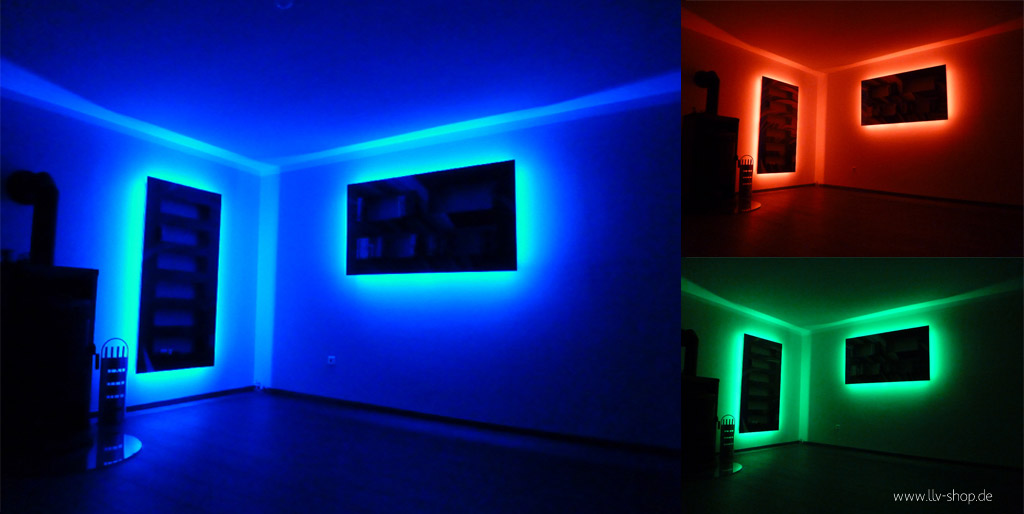






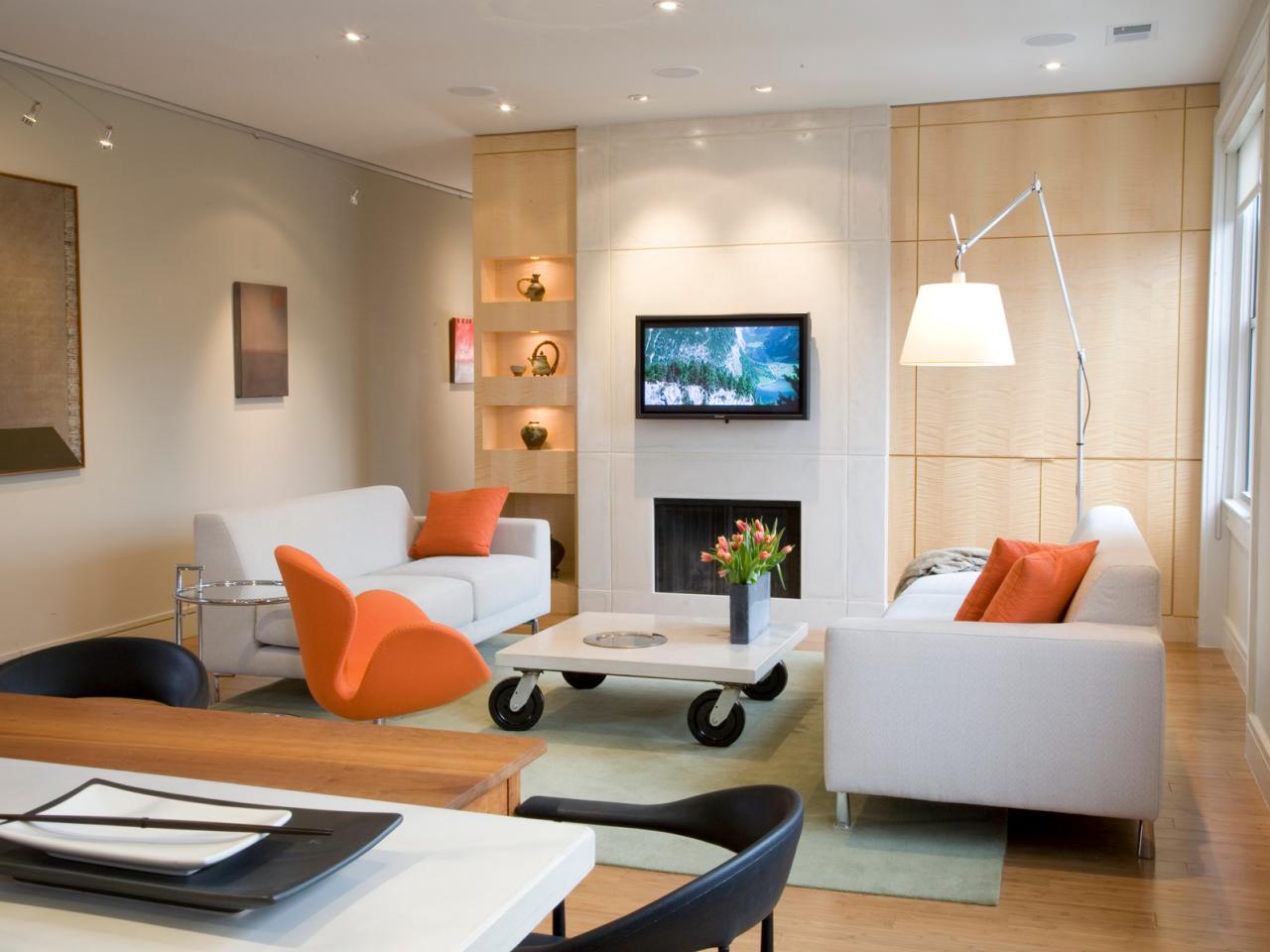

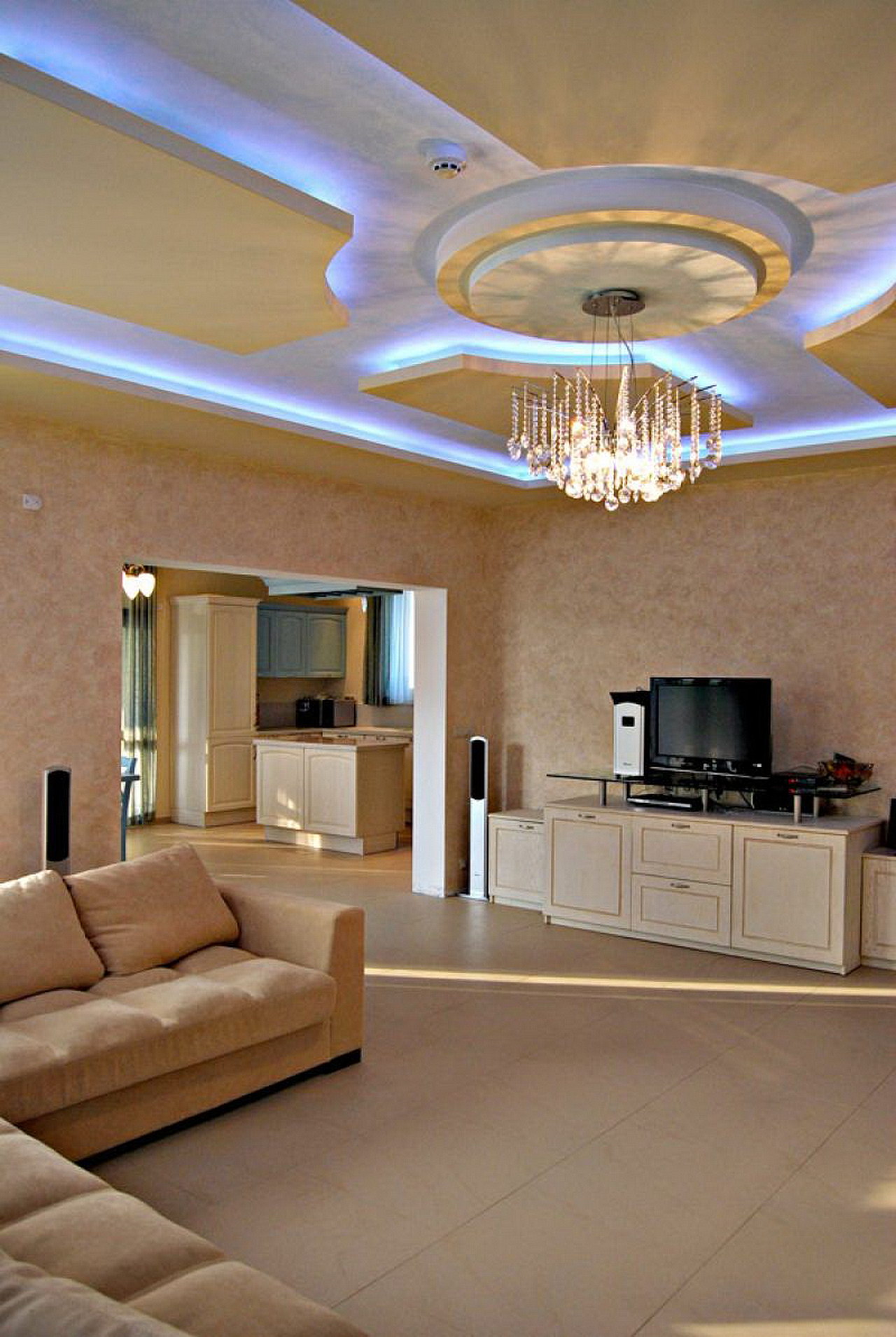


:max_bytes(150000):strip_icc()/GettyImages-1158459651-c796775e71e5498d955dab3fe0ed2add.jpg)






















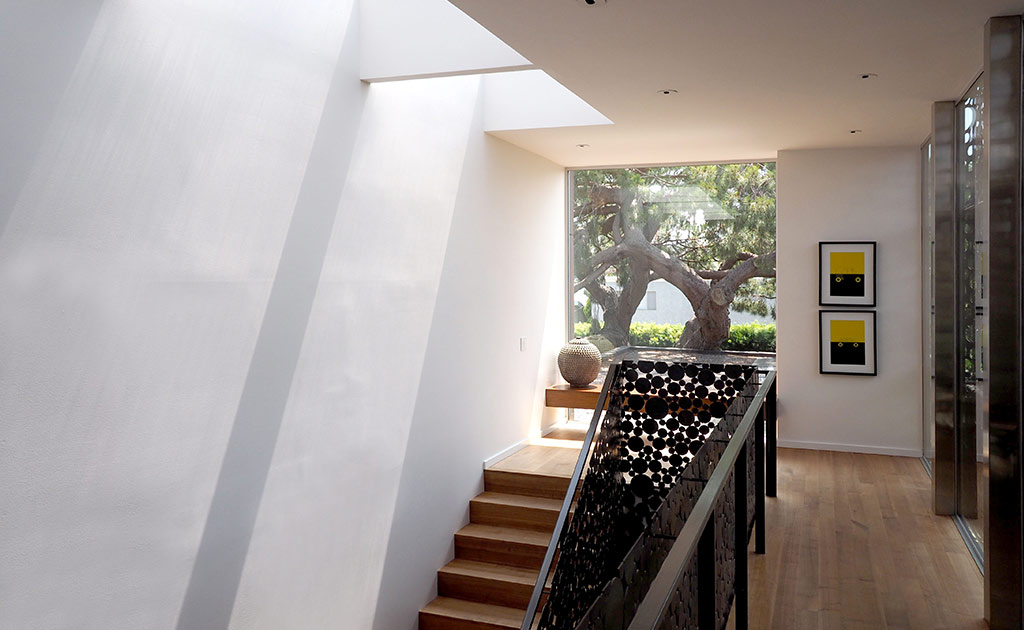


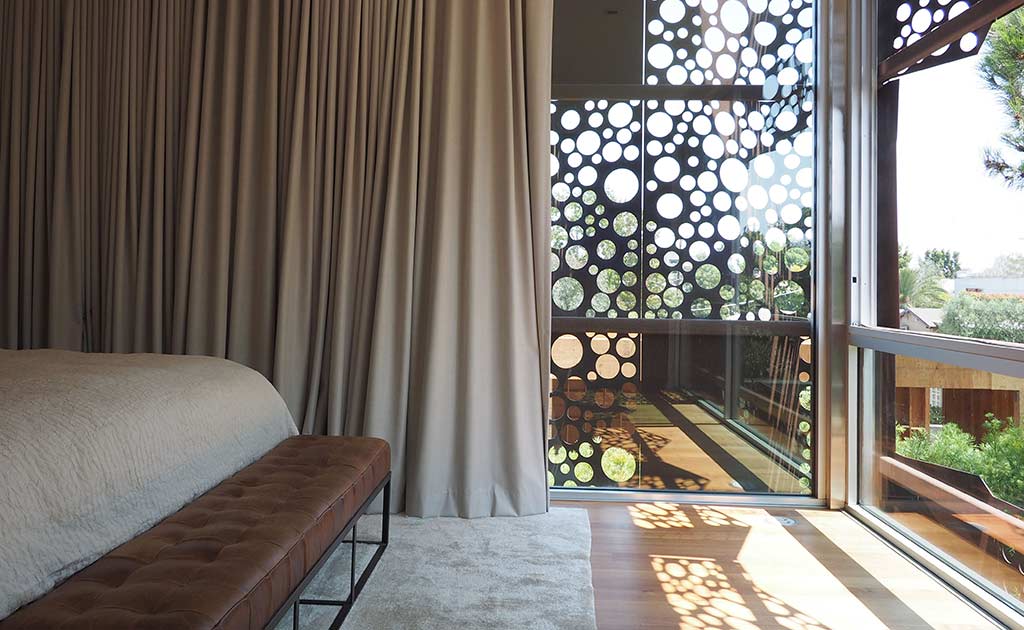














/living-room-lighting-ideas-4134256-01-2f070b6071444f1197ad5ca56d9e6678.jpg)





